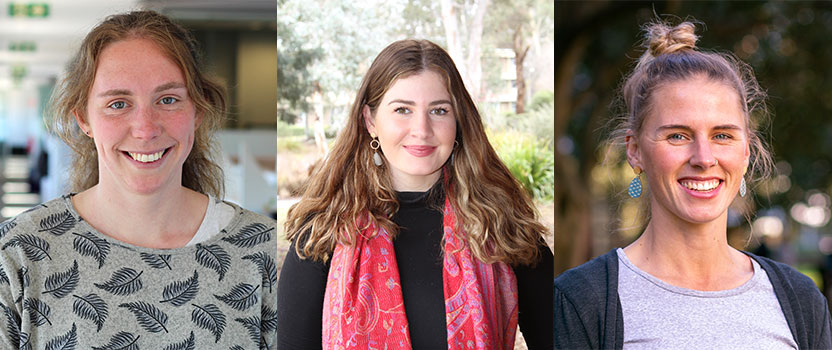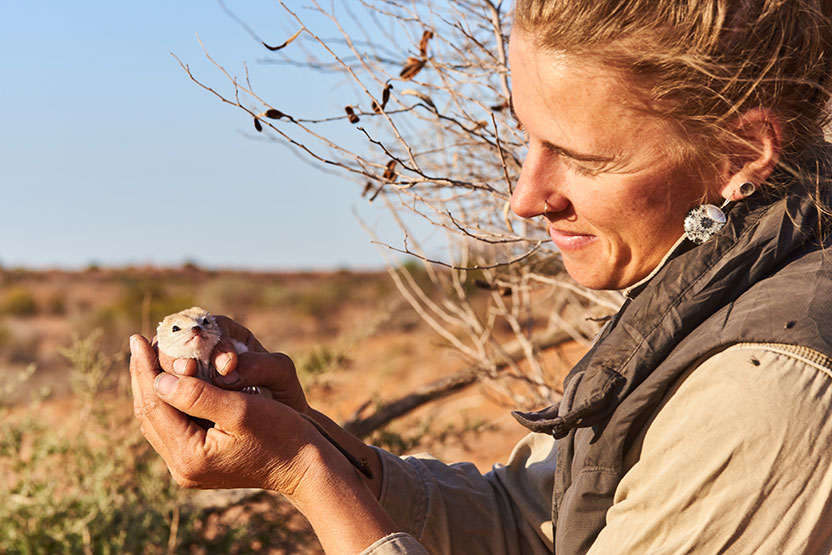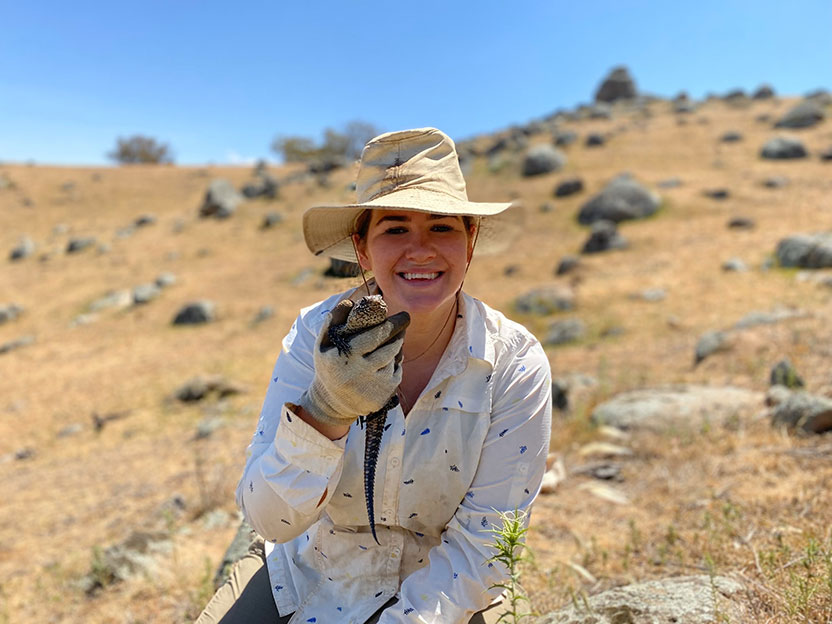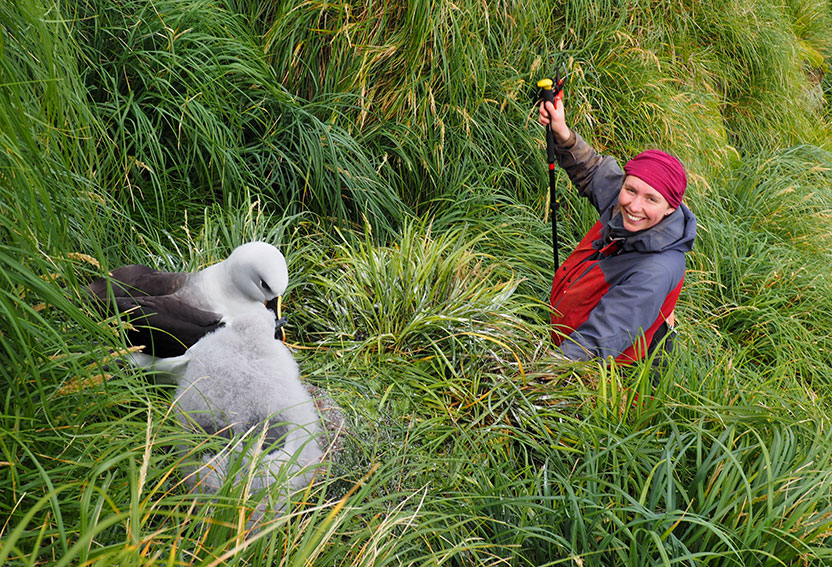
Three early-career ecology researchers have been awarded funding for 2020 projects thanks to the Australian Academy of Science’s Margaret Middleton Fund for endangered Australian native vertebrate animals.
The recipients are:
Ms Cullen’s research focuses on a desert-dwelling mammal species, the crest-tailed mulgara. She will use the grant to conduct surveys in the Strzelecki Dunefields to figure out where mulgaras find refuge during periods of drought—knowledge that will inform management of this threatened species.
"I feel very privileged to have the support of of the Margaret Middleton Fund," Ms Cullen said. "The funding will contribute considerably to the scope of my research and I am excited by the potential of what I am now able to accomplish."
Ms O’Sullivan is studying the role of surface rocks as reptile habitat in agricultural landscapes. Many threatened species, such as the striped legless lizard, rely on rocky habitats for survival. However, rocks are often removed from grazing paddocks. Ms O’Sullivan’s experiments will investigate the effects of restoring surface rocks on reptile abundance and diversity.
“The funding will allow me to collect additional environmental data to maximise the scientific and practical value of this restoration experiment,” Ms O’Sullivan said. “I feel incredibly honoured and grateful for the opportunity and recognition.”
Ms Pascoe is undertaking a large-scale evaluation of ecosystem recovery on islands where rodents have been eradicated. She plans to gather data from 30 islands across Australia and New Zealand to assess changes in the whole ecosystem.
“The funding will enable me to collect data from some study sites more regularly, and to include more sites,” said Ms Pascoe. “It was a nice surprise to get it and very beneficial at this early stage in my project.”
Rodent eradication programs are expensive, so monitoring effectiveness is important to ensure the best conservation outcomes. “Islands are both biodiversity and extinction hotspots, which means island conservation efforts have the potential to disproportionately benefit global biodiversity.”
The Margaret Middleton Fund for endangered Australian native vertebrate animals provides grants to support emerging researchers with ecology projects that have tangible conservation outcomes. The fund was established in 2000 with Dr Margaret Middleton, a long-time supporter of the Academy and early-career scientists, who passed away in March this year.



© 2025 Australian Academy of Science